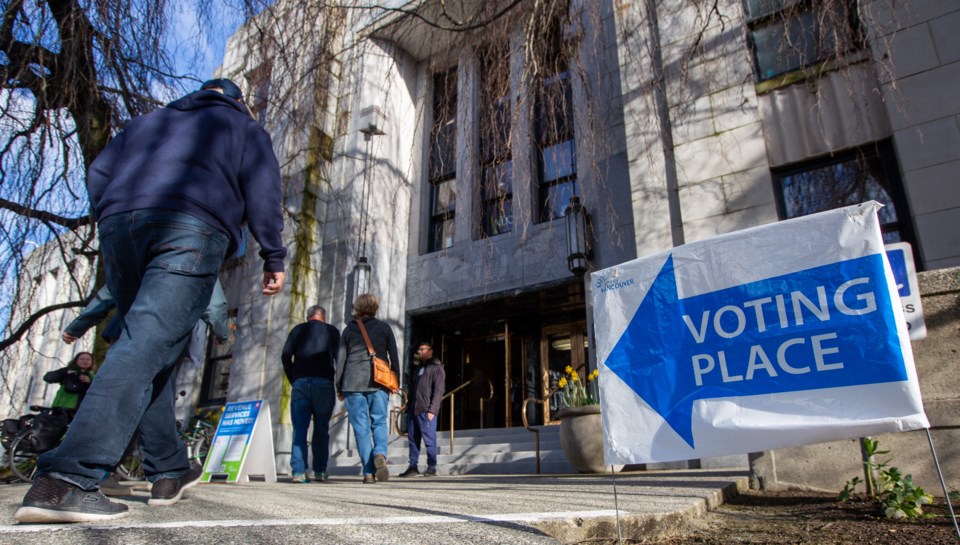Almost a decade has passed since Justin Trudeau vowed to change Canada’s electoral system. Since, Canada has had two elections where the party with the most votes did not have the greatest number of seats — 2019 and 2021 — and the latest one, where more than four in five voters selected one of two parties.
The seat count of the 2025 federal election in B.C. closely mirrors the voting percentages for the main contenders. In a way, it almost looks like a proportional representation ballot: 42 per cent and 20 seats for the Liberal Party, 41 per cent and 19 seats for the Conservative Party, 13 per cent and three seats for the NDP and three per cent and one seat for the Green Party.
Our exit poll asked Canadian voters about implementing a system of proportional representation for federal elections. Almost three in five (58 per cent) like the idea, while 17 per cent dislike it and 25 per cent are not sure. The results are intriguing, because direct animosity towards a change is lower than indecision about where to go.
The lowest level of support is observed with members of the Silent Generation and Baby Boomers (49 per cent). The numbers rise with Generation Z (56 per cent), Generation X (57 per cent) and Millennials (67 per cent).
In 2015, selling the concept of electoral reform to Canadians aged 55 and over was complicated. In a survey I presented to the Special Committee on Electoral Reform, this group was particularly upset with the notion of voting for “a list” and not knowing who their representative in Ottawa would be. Ten years later, the oldest voting demographic is more likely to be unsure about reform (37 per cent) than against it (15 per cent).
Two ideas get a thumbs up from 61 per cent of Canadian voters: Mandatory voting in all federal elections and declaring Election Day a public holiday across Canada. Voter turnout jumped to 69 per cent in the latest Canadian federal election but is short of the numbers observed in 1984 and 1988 (75 per cent).
Another issue that has been problematic — in municipal, provincial and federal elections — is the lack of participation of candidates in local debates. While it is impossible for contenders to show up to every meeting, more than two-thirds of Canadian voters (68 per cent) believe it should be mandatory for candidates to attend at least one public debate in their riding with the candidates from other parties. This includes majorities of those who cast ballots for the Liberals (71 per cent), the Conservatives (also 71 per cent) or the New Democrats (74 pr cent).
We also looked at the complicated matter of Alberta’s place in confederation. In June 2023, 22 per cent of Albertans were in favour of becoming an independent country.
Today, just under two in five Canadians (39 per cent) think Alberta separating from Canada is not a real possibility and something they would not like to see happen. Fewer believe the threat is real and would not want to endure it (26 per cent), say it is a possibility and would welcome it (14 per cent) or claim it is unreal but would not mind experiencing it (seven per cent).
When we focus on the opinions of Alberta voters, we find 58 per cent who say the province’s separation is real (28 per cent who want to see it happen and 30 per cent who do not), and 35 per cent who do not think the threat is real (34 per cent who do not wish to see it and only one per cent who would).
Put differently, the level of support for separation stands at 29 per cent among Albertans who voted in this year’s federal election, while opposition reaches 64 per cent.
Mario Canseco is president of Research Co.
Results are based on an online survey conducted from April 27-29, 2025, among a representative sample of 1,201 Canadians who voted in the 2025 federal election. The data has been statistically weighted according to Canadian census figures for age, gender and region in Canada. The margin of error is plus or minus 2.8 percentage points, 19 times out of 20.



